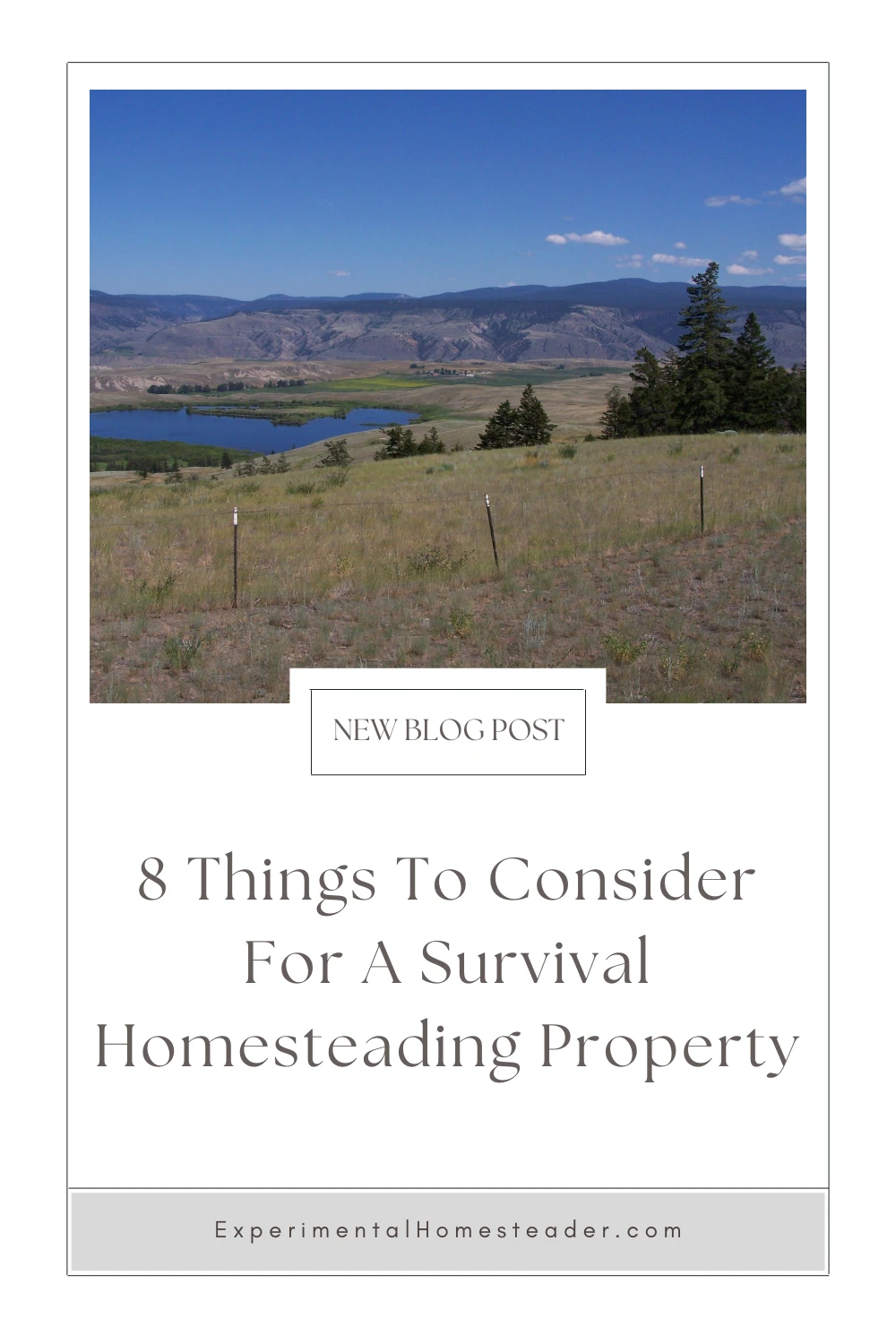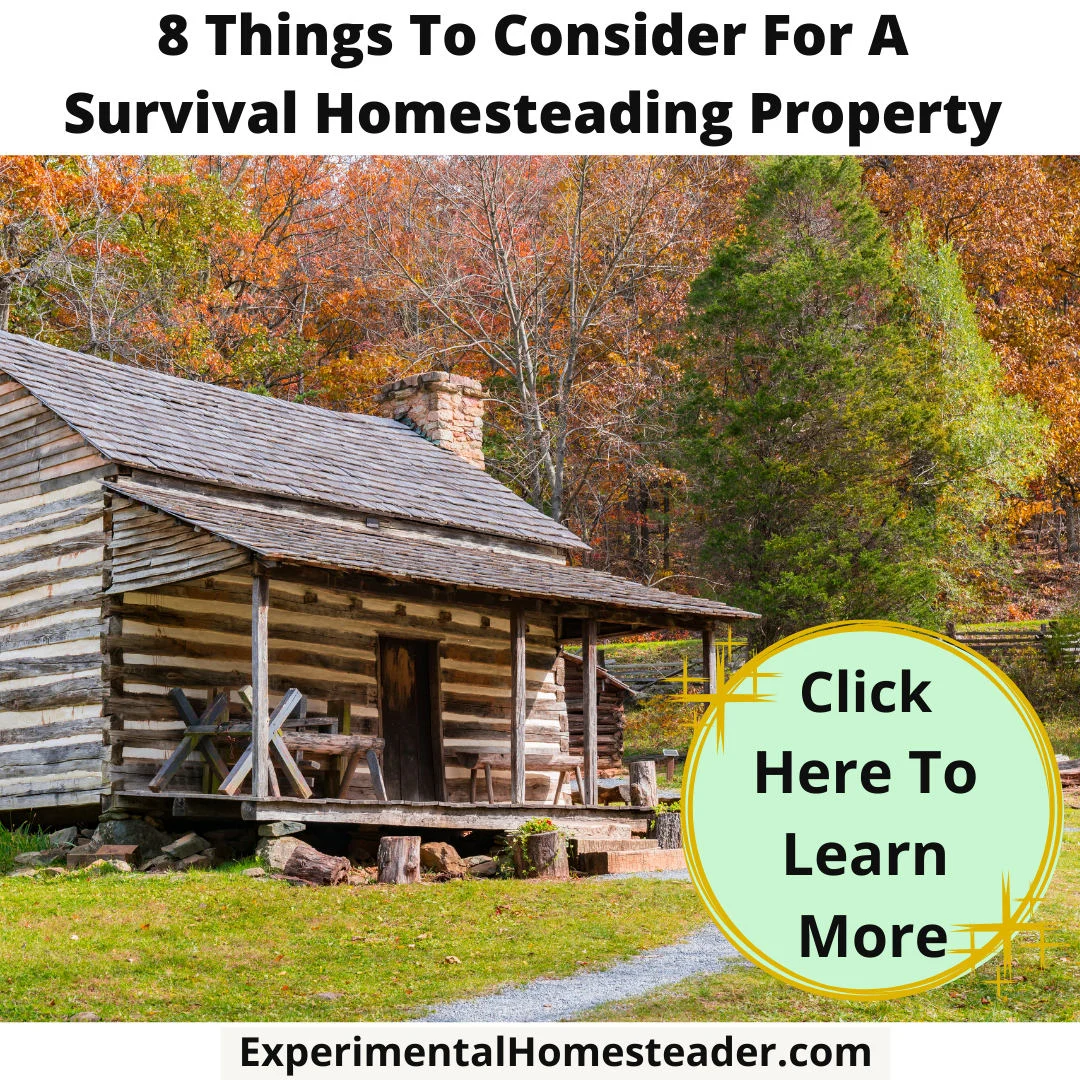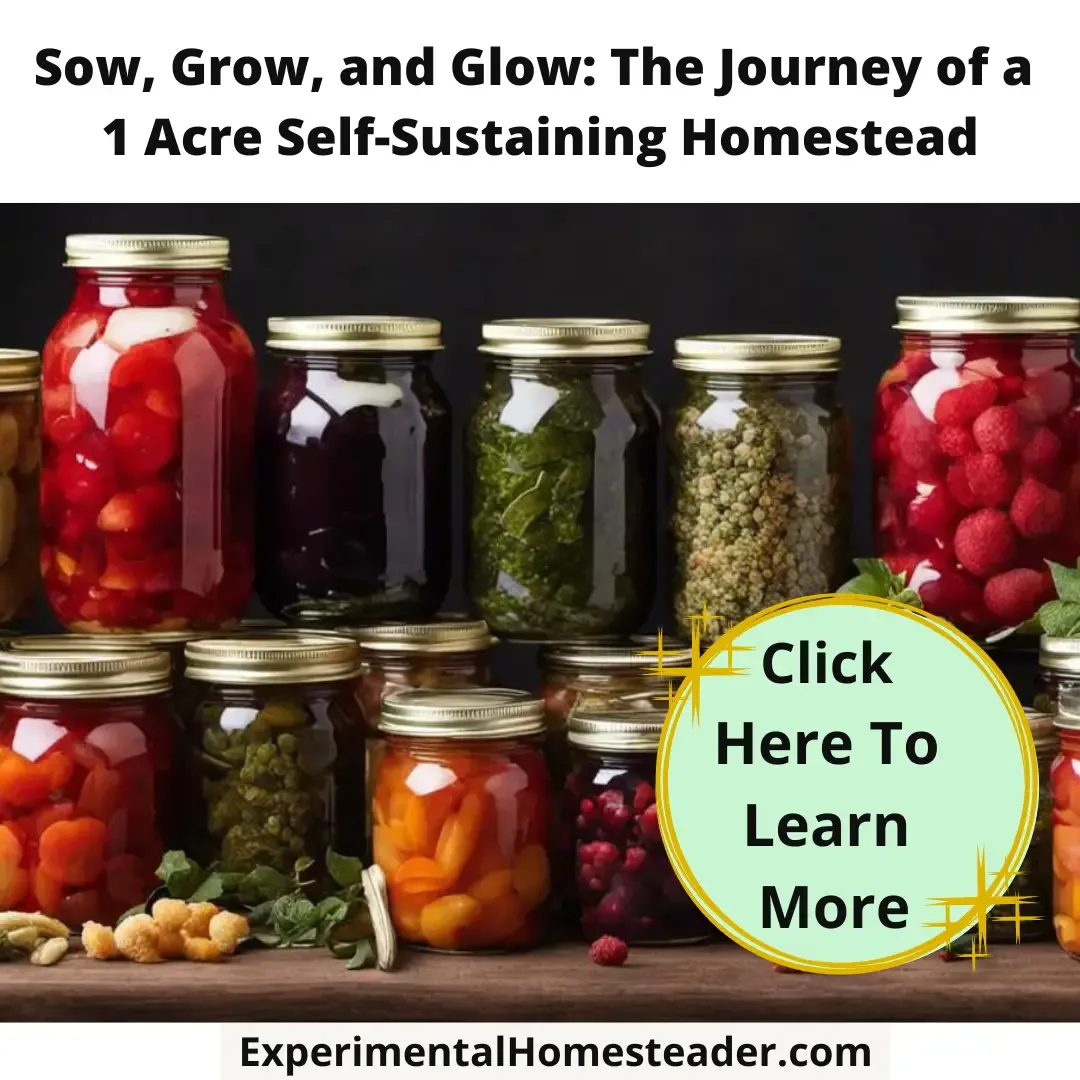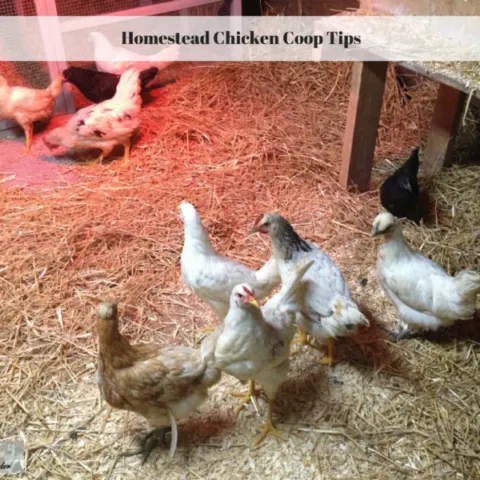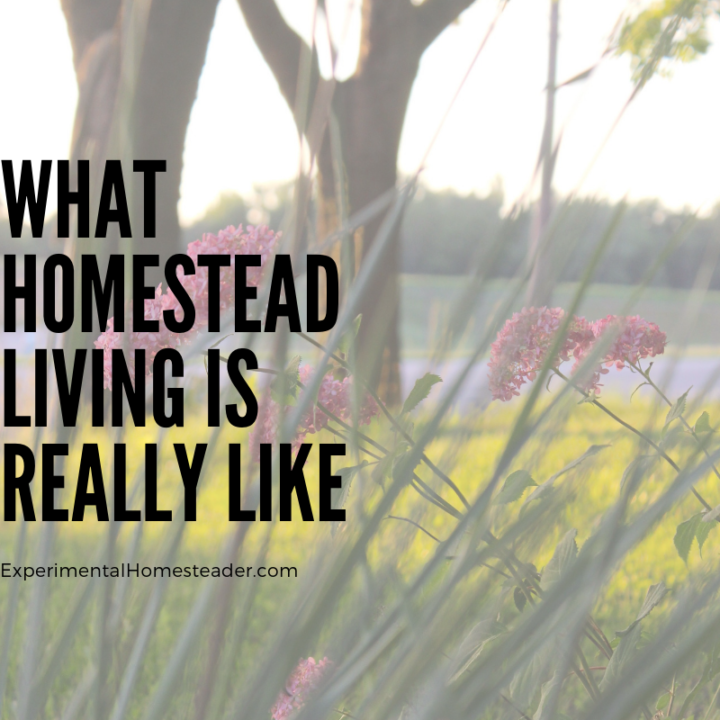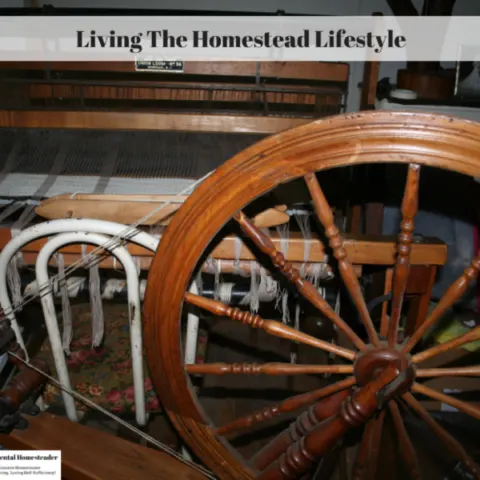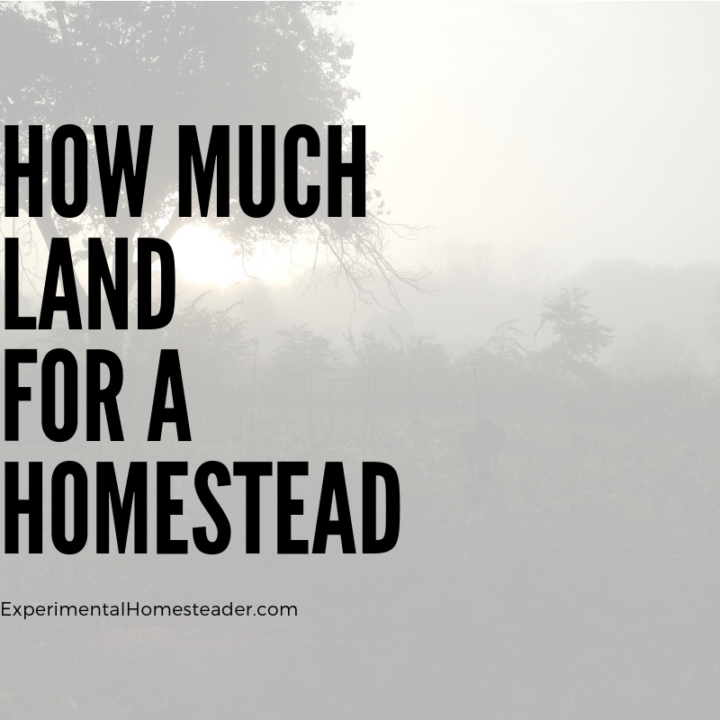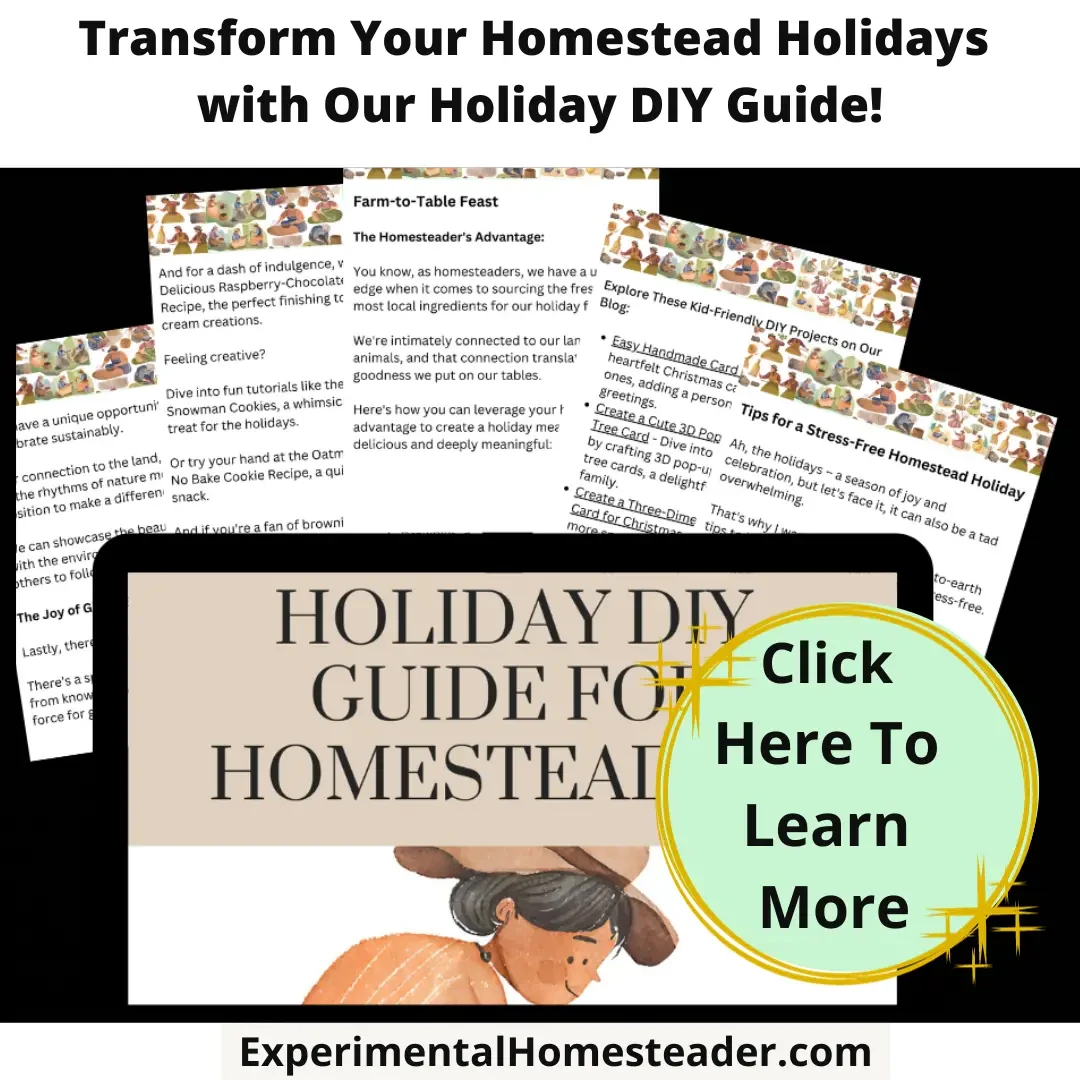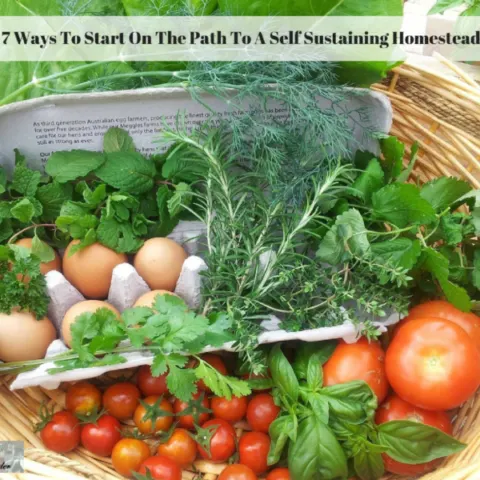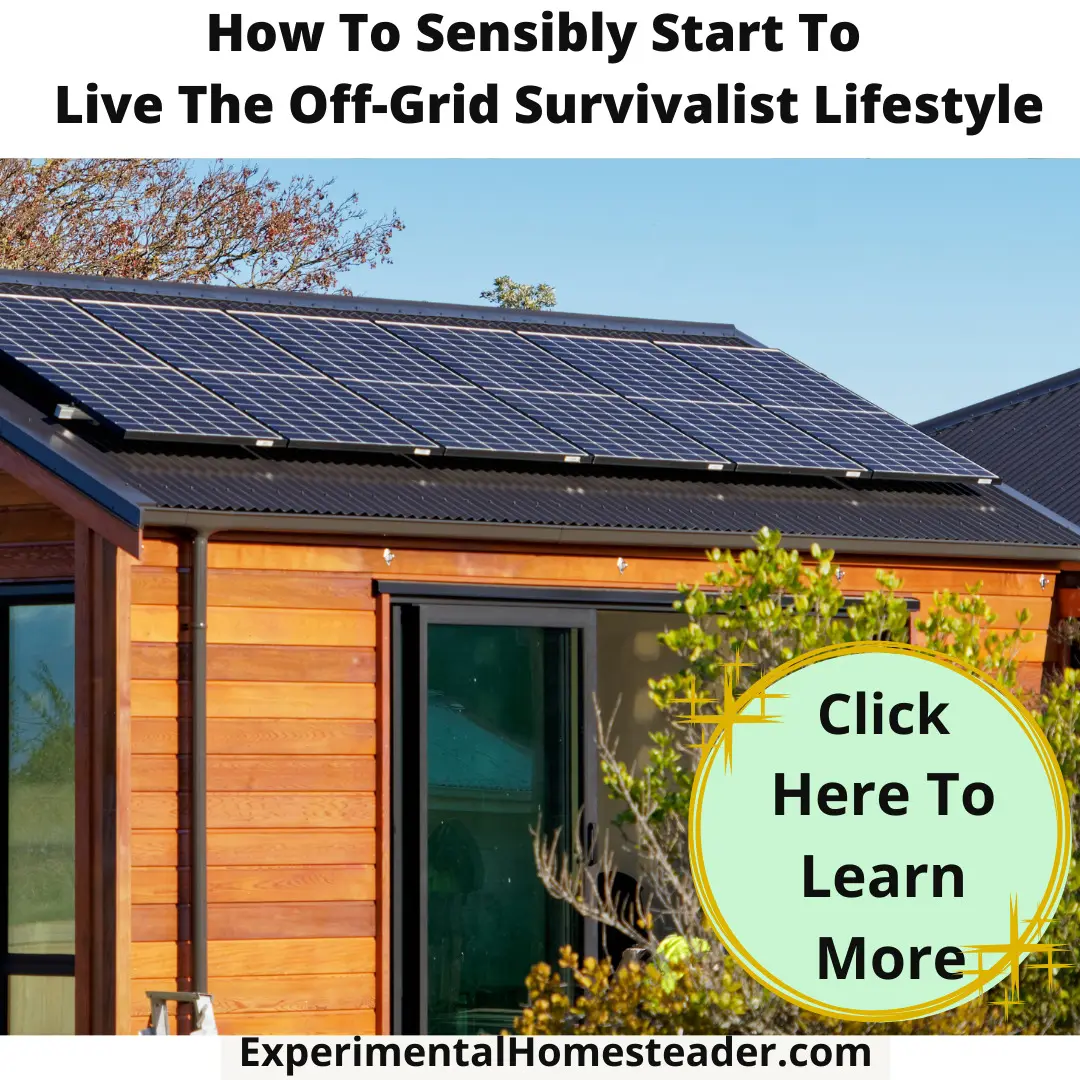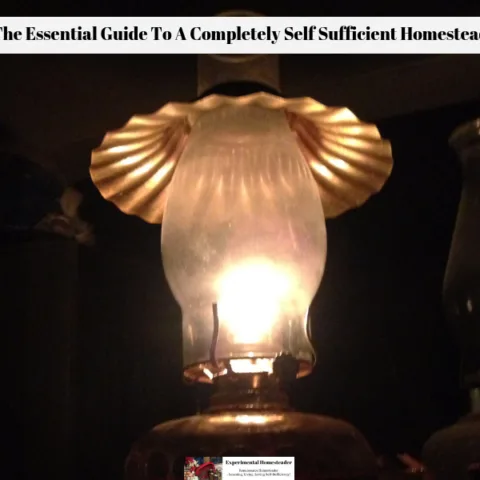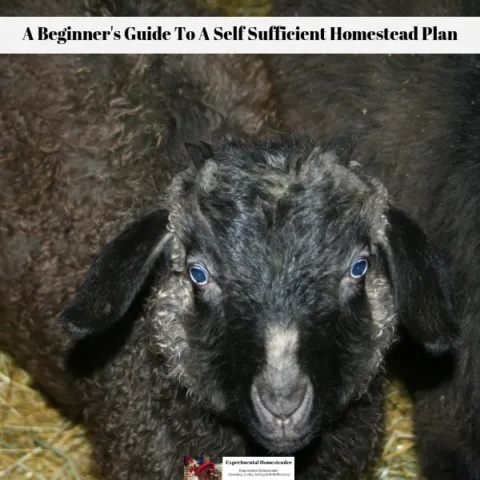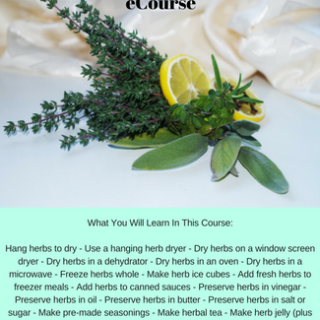If you’re thinking of buying a property for survival homesteading, there are some things you need to take into account.
The popularity of survival prepping measures has soared in recent years and it seems everyone is starting to show interest in stocking up or getting away from it all.
What was once a fringe movement has now grown in the mainstream media as a way of protecting your family from a worst case scenario.
Here are eight factors to consider before purchasing land for this purpose.
Create A Safe Haven On Your Survival Homesteading Property
We live in an age where the most shocking events unfold before our eyes.
For many years, people couldn’t fathom a situation where society broke down, buildings were burned, store shelves emptied, and other dire events unfolded.
But now, we serve as witnesses to daily events that are alarming and give us much consideration about where we stand with preparedness.
While some families are merely stocking up on supplies at home, others are going one step further and purchasing a separate survival homesteading property that they can bug out to in the event of a local emergency.
This emergency situation might be due to a significant weather event such as a hurricane, civil unrest, war, or some other catastrophe.
However even if you own a survival homesteading property, keep in mind that there could be a time when you may find that your home is unsafe, your supplies have been ransacked, and it is safer to leave than to stay.
If you can afford it, it’s always wise to purchase a separate property for survival purposes, and then create a homestead that allows you to live off the grid whenever the need arises.
At the very least, purchase a large enough property that you can have a bunker put in just in case you ever need to abandon your homestead and have a safe place to hide out.
What Is Survival Homesteading?
Due to the events of the past few years, survival prepping has grown into a cottage industry that feeds into the survivalist movement.
There are countless websites, YouTube channels, bloggers, magazines, and television shows all dedicated to survival prepping for various doomsday events.
One of the most popular areas in survival prepping is homesteading.
Homesteading can be defined as having your own self-sufficient property where you grow food, produce renewable energy sources, maintain productive livestock, like chickens, store food long term, etc.
A survival homestead can include many things that would come in handy during times of hardship or even just common day life if civilization breaks down for any reason.
Here are 8 things you should consider before deciding to buy a survival homesteading property.
Choose A Survival Homesteading Property Away From The City
The downtown area of any city is not a safe place to be in the event that you find yourself surrounded by a formidable survival situation.
While living in the city might currently meets your needs for convenience as far access grocery stores, schools and more, there’s no telling what could happen when an emergency strikes!
Instead of building a second property in the city limits, try to find something just outside of the city limits, in the country – where you have more control over your property, and fewer prying eyes.
If food resources grow thin, you can almost guarantee that unsavory characters will be going door to door in the city to take what isn’t theirs.
You want a property that is far removed from the rest of society, so that your loved ones and supplies are safe.
If you are outside of the city limits, you will be able to monitor your property for anyone who shouldn’t be there easier than if a flood of city dwellers descended on your street, ready to steal from you.
Keep in mind, whenever you are looking for a property outside of the city, you may want to find an escape route that isn’t the same one everyone else will be following when they leave.
Learn which back roads you can take to get to your property, instead of taking a major highway that may be overcrowded or shut down.
It also makes sense find an exit path from your property that isn’t well known and if possible hidden by shrubs or trees so if you need to escape, you and your family can escape unscathed.
Another option is to build an underground tunnel that leads far enough away from your main property that you can escape without being seen.
Keep in mind if your survival homestead is breached, others will find your tunnel so do not have it lead straight into your bunker or other hiding place.
Keep Your Survival Homesteading Property Close To Your Current Residence
You don’t want to go too far away from your current residence to get to your survival homesteading property in the event of an emergency.
While it might be a wonderful idea to have a beautiful piece of property in Montana, if you are in Texas, it will make it hard for you to frequently visit your second residence, stock it, and maintain it.
Besides that, you don’t want to have a long drive to get to a safe place in the event of a survival situation.
If you build a homestead and are not able to visit it regularly, you may return one day to find squatters, an overgrown property, and other things that are out of sorts.
If everything has spiraled out of control, you may not be able to get gas to your safe place.
Or, you could encounter dangerous civilians in your path.
The shortest distance possible will be your best bet, as long as it is just outside of the city.
Another reason it is good to stay near your permanent residence is because you will be able to be more prepared for life off the grid in that area.
You don’t want to go from a warm climate to an extremely cold one either.
You don’t want to have to learn about a new location in terms of foraging for food, hunting or protecting yourself from wildlife.
You want your life to be as normal and as similar to your current life as possible.
Not to mention one day you may decide to move onto your survival homesteading property permanently.
What Your Survival Homesteading Property Land Should Look Like
When you start shopping for land, make sure ro purchase a plot of land that will serve you well for a number of years.
Keep in mind that you may need enough room to house animals, grow a garden, and even build additional homes for your family.
The property that you purchase will be dependent on your budget, but don’t purchase a small plot of land just so you can rush the process if it’s possible for you to buy a slightly larger plot of land that gives you more room a few months down the road.
You don’t want to buy property where they are currently building a housing addition in the area, because that won’t be much of a survival homesteading property.
Ideally, you will own several acres to put plenty of space between you and your neighbors.
You don’t want all of the land around you to be cleared, which will often drive small animals out of the location.
If it comes down to it, you will want to be able to hunt or trap small prey for food survival purposes.
You do, however, want to select a property that is somewhat easy for you to navigate.
A property with a natural water source such as a pond or stream is ideal.
If your property is in rough shape, you’ll want to invest in some machines or services to clear certain areas for your homestead, barn and garden.
You may also want to start working the land and planting a garden so the ground is fertile, otherwise when you actually need to grow a garden for survival you might have an issue.
How Much Space Do You Need To Build A Shelter?
Before you buy a property, you have to know how large of a house you will be building on it.
This may depend on how big your family is, or how large of a house you want.
Always keep in mind that a survival situation may go on for years, so having children share a room may not be as difficult when they are toddlers as compared to when they are teens.
Your budget will ultimately determine how large of a homestead property you can buy and how large of a home you can build.
Remember your home doesn’t have to be anything elaborate, it just has to be enough of a shelter that you can fit your family in, along with enough supplies to last an extended period of time.
Some people build a second home for temporary events, not expecting to live in it long term.
You can take this route, or you can plan for it to be an eventual permanent residence, which will mean you are going to need more space.
Considerations For A Safe And Secure Survival Homestead
When you are building your home on the property, you want to take certain measures into consideration that will allow you to hide supplies, defend your family, and withstand severe events.
Not only should you be able to defend your property from inside the homestead, but you want to have strategic defense measures set up for outside of your property.
You might have hidden storage rooms, safe rooms or other areas to protect your valuables, emergency supplies, and family.
One of the things you might want to include for safety purposes is a tornado or storm shelter.
Depending on where you are located, you can build a reinforced room that will protect you in the event of a bad weather situation.
Some people purchase a property and take the do-it-yourself route for building their actual homestead.
This is fine, if you know what you are doing, but if you don’t, hire someone to help you build a safe residence.
Keep in mind that the materials you choose to build with can not only help you maintain the property longer, but it can protect you from weather events and also help to keep potential invaders out of your home.
Familiarize Yourself With Your Surroundings
Once you have purchased a property to build on, make sure that you and your family members become highly familiar with your surroundings.
You want to make sure that everyone knows the property inside and out and knows the lay of the land nearby.
For example, locate water sources for the family to access in the area in the event of an emergency.
Make sure everyone knows any dangers or benefits to living in the area.
If there are certain animals they should be concerned about when outdoors, teach them what to look for and how to react if they encounter them.
You may or may not want to introduce yourself to your new neighbors, if you have any at that time.
In certain survival situations, it benefits you to team up with other individuals to protect your properties.
Just make sure you aren’t speaking freely about the purpose of your new home.
You don’t want to announce to everyone that you are stocking supplies and building a survival homestead that they may someday want to invade.
Once your home is built, you want to teach your children and spouse everything about the house that they need to know.
Start with teaching those who can drive how to get to the homestead from your current residence, such as taking back roads.
With every entrance to the house, such as a front and back door, windows, etc., make sure your loved ones know how to secure it from any intruders.
If you have certain things hidden, such as valuables or weapons you can use to defend yourself, show them how to access these for security.
Your survival homestead will also be reliant upon you creating a survival garden.
If you have a place to hunt near your survival homestead, make sure everyone who hunts knows how to get there and back safely.
A big part of surviving is teaching your family not only survival skills but also a survivalist mindset.
This is where they start believing in what you’re doing and why it’s so important that they know these things if anything happens.
Figuring Out How Much To Stock In Your Survival Homesteading Property
One of the primary reasons that you will be building a second homestead, besides having a safe place out of the city to go to, is to stock supplies.
Your current residence probably has many odds and ends that are for comfort and show only.
If it came right down to it, you could probably get rid of a lot of things in your house and replace it with survival supplies, which is exactly what you will be doing in a second homestead property.
Depending on your space and budget, you may also have the comfort amenities that you are used to in your new residence.
But for most people, it will be a place to stock up on supplies that are needed for a long term survival situation.
If you do have to bug out of your current home and head to your survival homesteading property, make sure you have an easy way to quickly gather up sentimental items and valuables that you don’t want to lose.
You never know if your residence in the city will be burned or ransacked, and you may lose those items forever.
It’s good to keep them in an area where they can be grabbed quickly on your way out the door.
You never want to leave your valuables at the second homestead, unless you are living there.
Because you will not be on that property at all times, it will also be vulnerable to thieves or intruders at any time.
What you can do is stock up on supplies that will come in handy for your family, such as water, food, first aid items, and other gear – such as a generator, flashlights, batteries, etc.
If you are stocking food on your homestead property, you want to make sure that it frequently gets rotated out and doesn’t end up spoiling.
You may want to make a schedule to go out to the second property and rotate supplies and replace them with new ones.
Make sure that you are not creating an easy target for thieves with your new survival homesteading property.
For instance, if you openly have things like rain barrels, tools and equipment outside where they can easily be seen, then they might get stolen.
Make sure that you have clothing for the family on hand, toiletries, and other necessary items, such as defense gear, like firearms, ammunition and knives.
You’ll also want some comfort items that will keep the family happy, such as board games and freeze dried fruits or other snacks.
Maintain The Property And Buildings On Your Survival Homesteading Property
Once you own your property and have built your homestead on it, you want to make sure that it doesn’t go to ruin.
Whether you are there frequently or not, make sure you take care of both the outside and inside of the property.
You can hire a lawn care service to take care of the grass.
You don’t want to let the property become overgrown and attract squatters or even rodents that will inevitably invade your home and compromise your food storage.
Not all survival situations will mean that the grid goes down.
This is you want to have the utilities functional in your new property.
Keep an eye on the electricity and water to ensure it is in working order.
Owning a second property for survival prepper purposes is a wise move for everyone to make.
You don’t want to be stranded with no shelter in an emergency situation, especially if staying in place poses a danger to yourself and your family due to something like civil unrest.
Make sure that when you’re planning your property, you take into consideration both short and long-term survival plans.
For example, if you have young, college aged adults still living in your home, and the event is expected to last years, they may want to build a separate home on the property for them to raise their own family in, so you will want enough land and the necessary supplies for them to do that.
Practice Bugging Out From Your New Survival Homestead
It’s important that you know how to bug out in case of emergencies.
Bug-out bags are a great way to make sure you’ve got all of your necessities in case disaster strikes.
Make certain that these include enough food, water and other essentials such as first aid kits or emergency blankets so everyone has what they need when leaving the house and make sure these are at your new survival homesteading property.
Because you could easily find yourself in a survival situation even there, it is very important for your family to know exactly what they are supposed to do if there is a need for them to leave either individually or as a group.
To successfully complete a bug-out drill, everyone needs to know their role and how crucial it is that they stick to this.
After teaching all of your loved ones survival tactics and ensuring that they have the skills they need to survive, you should be ready for anything!
Homestead Lifestyle
Cooking By Kerosene Lamp
There are many reasons you might find yourself cooking by kerosene lamp. Kerosene lamps have advantages over candles.
Diligence & Your First Homestead Property: An Essential Guide
Make your first homestead property a reality. Learn why diligence and a personal visit to the property are the foundations of success
Sow, Grow, and Glow: The Journey of a 1 Acre Self Sustaining Homestead
Create a thriving, 1 acre self sustaining homestead. Learn how to plan, design, grow food, and more with this guide!
Make Your Own Maple Syrup with the Maple Tapping Tree Kit
Discover the joy of maple tapping with the Maple Tapping Tree Kit. Elevate your homesteading with this practical kit.
Mastering the Art of Homesteading: Skills and Crafts
Explore the world of homesteading skills and crafts, from self-sufficiency to survival, and discover the art of self-reliant living.
DIY Guide: Building Your Goat Milk Stand
This guide will ensure you create a functional and comfortable milking platform for your goats.
Homestead Chicken Coop Tips
Check out these basic chicken coop ideas to help you get your homestead chicken coop set up right the first time and keep your chickens safe. #homesteadchickencoop #chickencoop #chickencoopideas #backyardchickens
From Dream to Reality: Start a Homestead with Zero Funds
Start a homestead with zero funds! Discover practical strategies for a budget-friendly, self-reliant lifestyle.
Preserving Herbs For Winter Use eCourse
Do you love fresh herbs but wonder if there is an easy way to preserve them for the winter?
Do you seek other ways to use herbs other than just as a seasoning on food?
There are so many ways to preserve herbs for winter use – from various methods of drying them to freezing them, but it doesn’t end there.
Some of the best ways to preserve herbs in right in the foods you would normally incorporate herbs into – pre-made seasonings, teas, butter or oil.
Then this is the course for you!
What You Will Learn In This Course:
Hang herbs to dry
Use a hanging herb dryer
Dry herbs on a window screen dryer
Dry herbs in a dehydrator
Dry herbs in an oven
Dry herbs in a microwave
Freeze herbs whole
Make herb ice cubes
Add fresh herbs to freezer meals
Add herbs to canned sauces
Preserve herbs in vinegar
Preserve herbs in oil
Preserve herbs in butter
Preserve herbs in salt or sugar
Make pre-made seasonings
Make herbal tea
Make herb jelly (plus tips on how to use these)
Harley-Davidson Motorcycle History How Legendary Harley Motorcycles Originated & Developed, Since 1903
The Harley-Davidson Company has a long history here in the United States. Learn how they originated and how they have been used.




